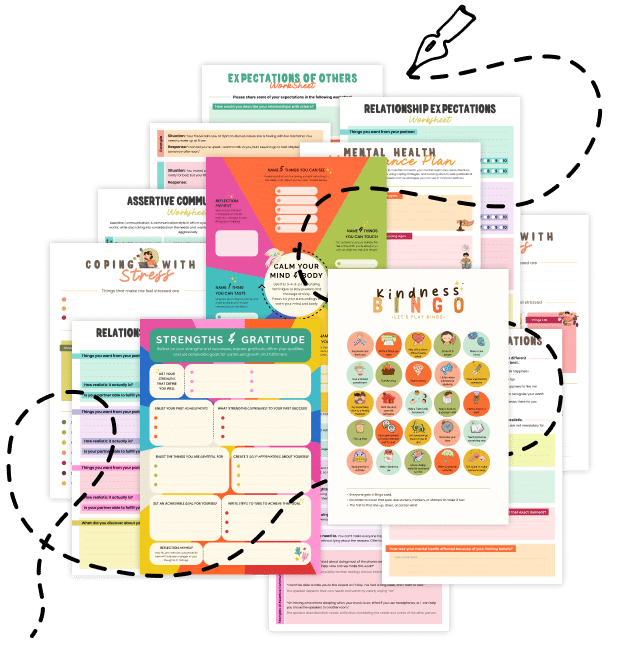20 Things About the Refractory Period of Emotion
Discover how emotions can temporarily narrow our perception, shape our reactions, and influence our decision-making—what the Refractory Period of Emotion is, why it matters, and how to navigate it.
1. What Is the Refractory Period of Emotion?
The Refractory Period of Emotion is a brief window of time when an intense emotion—like anger, fear, or sadness—limits your ability to consider alternative viewpoints or conflicting information. Essentially, your mind becomes “locked” into the emotional lens you’re currently experiencing.
2. Origin of the Term “Refractory Period of Emotion”
Rooted in psychology and physiology, the term “refractory” comes from the idea of a temporary resistance to new input. In emotional terms, you’re less open to feedback or evidence that contradicts how you feel.
3. Impact on Perception
During this period, your brain filters out or dismisses data that doesn’t align with your emotional state. If you’re angry, you might only see reasons to stay angry, ignoring calmer or more balanced perspectives.
4. Duration Varies
The length of the refractory period can differ greatly from one person to another and from one situation to the next. It could last mere seconds or linger for hours if the emotion is especially strong.
5. Role in Conflict Escalation
When two people are both in an emotional refractory period, misunderstandings can escalate. Neither party can fully hear the other’s point of view, fueling further tension or argument.
6. Connection to Cognitive Bias
The brain’s natural tendency to seek consistency—known as confirmation bias—amplifies the refractory period. You look for evidence that supports your current mood or beliefs and reject anything contradictory.
7. Emotional “Blinders”
Think of it like wearing tinted glasses: everything you see is colored by your current emotion. Even neutral events might be interpreted as threatening, dismissive, or offensive when you’re in a heightened emotional state.
8. Adaptive Function?
In evolutionary terms, a quick but narrow focus can be helpful in urgent situations—like running from a predator. However, in modern life, it can lead to misjudgments or overreactions.
9. Physical Signs of Refractory Period of Emotion
Sweaty palms, racing heart, or tense muscles might accompany a strong refractory period. Recognizing these bodily cues can be the first step in realizing you’re under the sway of a powerful emotion.
10. Emotional Regulation Tools
Mindfulness, deep breathing, or labeling your feelings (e.g., “I’m experiencing anger”) can break the emotional loop. Acknowledge you’re in a refractory state to regain mental flexibility faster.
11. Implications for Decision-Making
When emotions run high, you might make impulsive choices. Recognizing the refractory period allows you to pause and consider whether to delay important decisions until the emotion subsides.
12. Breaking the Cycle
Stepping away from the triggering situation—physically or mentally—can create a gap for perspective to return. Short breaks, even a brief walk, can help snap you out of the refractory period.
13. Communication Strategies
- Validate Feelings: Acknowledge your own or someone else’s emotions before trying to resolve a conflict.
- Use “I” Statements: Speak from personal experience rather than accusing the other person.
- Time-Outs: Agree to pause heated discussions to allow emotions to settle.
14. Long-Term Effects
Repeatedly entering and staying in long refractory periods can damage relationships, undermine self-confidence, and contribute to chronic stress or anxiety.
15. Recognizing Patterns
You might have certain triggers—like topics or situations—that consistently spark strong emotional reactions. Identifying these patterns can help you anticipate and manage your refractory periods more proactively.
16. Role of Self-Compassion
Treating yourself kindly when you’re overwhelmed fosters a quicker recovery. Berating yourself for feeling emotional only prolongs the refractory state.
17. Ties to Emotional Granularity
The more precise you are at identifying your emotions (e.g., frustrated vs. enraged), the easier it is to navigate the refractory period. Vague feelings can keep you stuck; specificity can help you move on.
18. Influence on Memory
During a refractory period, you’re more likely to encode memories that match your emotion (mood-congruent memory). This can perpetuate the cycle: you remember more reasons to stay upset.
19. Training for Resilience
Regular practice of mindfulness, relaxation techniques, or therapy methods like cognitive-behavioral strategies can reduce the intensity and frequency of refractory periods.
20. Related Topics to Explore
- Emotional Granularity: Expand your emotional vocabulary to manage intense feelings more effectively.
- Cognitive Defusion: Learn to separate yourself from negative thoughts and break cyclical thinking.
- Mood-Congruent Memory: Discover how emotional states color which memories you recall.
- Psychological Flexibility: Develop resilience by shifting mental perspectives in the face of strong emotions.
Quick Tips to Reduce Refractory Periods
- Pause Before Reacting: Take a few slow breaths or count to ten to allow the initial surge of emotion to subside.
- Apply Self-Talk: Remind yourself, “I’m in a strong emotional state. Let me verify the facts first.”
- Cool-Down Techniques: Try quick grounding exercises—like focusing on the sensation of your feet on the floor.
- Seek a Neutral Perspective: Ask a friend or colleague for an unbiased take on the situation.
- Create Emotional Boundaries: If a topic always leads to a refractory episode, set limits on when and how it’s discussed.
Understanding the Refractory Period of Emotion can help you recognize when your judgment is clouded by strong feelings. By applying strategies to pause, reflect, and calm down, you’ll navigate emotional ups and downs with greater clarity and resilience. Share this article with friends, family, or coworkers—help them escape the emotional loop and see challenges from a more balanced perspective!


